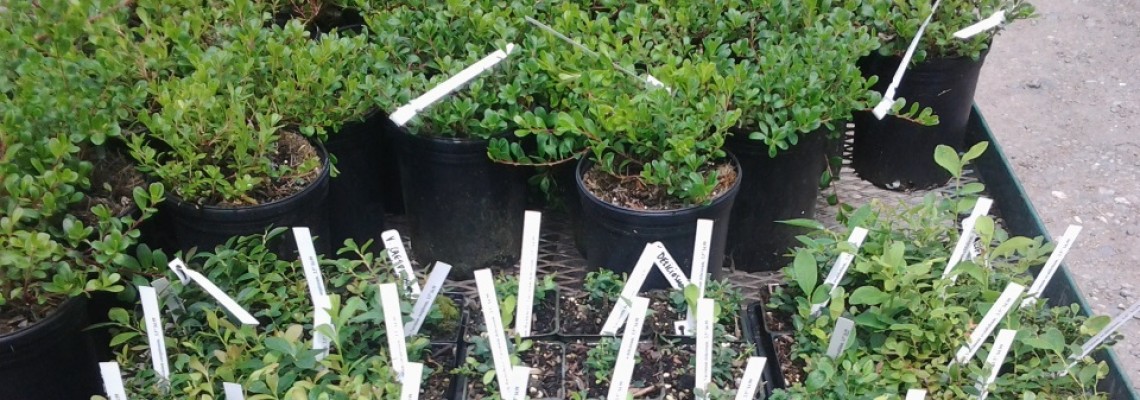Got Slugs? Encourage snakes with a Hibernaculum!
If your landscape is designed to harbor a healthy habitat for a variety of creatures, you will have less of a problem with pest species. Frogs continue to lay eggs as long as there is water in our seasonal pond—it always dries up before all the tadpoles grow up. Sometimes we rescue a few and put them in my fountain. Visitors often tell me I should clean out the algae, but I don’t want to disrupt the small ecosystem contained therein! Often there are salamander larvae along with the frog tadpoles. Although tadpoles are mostly herbivorous, adult frogs and salamanders are mostly carnivorous, eating insects, worms, slugs and even bigger prey depending on the size of the frog or salamander. I enjoy hearing a frog’s ribbit in my greenhouse and am happy to let it hunt for prey in there!
I rarely have trouble with slugs. I am convinced it is because of the predator species that live in and around my garden. It is amazing that creatures you rarely even see can be helping to control the ones that could potentially cause a lot of damage. Although frogs, salamanders, lizards, birds and other predators may help to control slugs, I believe that garter snakes have the biggest impact. We actually found a garter snake one time that was in the process of eating a slug!
Few reptiles live here in the cool Pacific Northwest. Being poikilothermic or “cold-blooded,” they hibernate during cold spells and only come out when it is warmer to bask in the sun. In Western Washington, there are two turtle species; two lizards, a Rubber Boa, and three species of garter snakes: the Common Garter Snake, the Western Terrestrial Garter Snake and the Northwestern Garter Snake.
Garter snakes hibernate in aggregations; hundreds, sometimes thousands, collect in the same hibernaculum to spend winter together. A hibernaculum is the place where animals hibernate. You can build one in your yard to provide a nice warm spot for garter snakes to hide and live through the winter. The basic idea is to create a labyrinth of tunnels with materials that absorb heat and stay warm for a long period of time. Start by finding a sunny, well-drained spot protected from cold winds. It should not be too dry; however, snakes require adequate humidity levels so that they do not dehydrate. Dig a pit deeper than the frost-line (in the Puget Lowlands, about 12-18.”) Fill the hole with rocks, concrete blocks, bricks, slabs, black PVC drain pipes or other appropriate materials, creating many chambers at different levels, making sure there are open passages and several entrances. Cap with an insulating layer of smaller rock rubble, or other heat absorbing material, making sure to keep entrances open. Keep the area clear of vegetation that could grow up and shade your hibernaculum, but provide cover for emerging snakes in the form of logs, rocks, brush or uncut grass.
Breeding season occurs in the spring as they emerge from hibernation. During the summer, you can often find garter snakes hiding under black plastic, plywood or other materials that absorb solar radiation and in crevices next to warm bricks or rocks. Garter snakes are also likely to take advantage of tunnels created by moles, voles and gophers.
Besides weeds, rodents–mice and voles, (and the neighbor’s peacocks) are my worst pest problem. They eat seeds and emerging seedlings. My cat always seemed more interested birds and squirrels. Now what predator could I encourage to control the rodents? … Hmmm…– Maybe foxes, or weasels or even a raptor?
(This article was first published in the Peninsula Gateway on August, 18 2010))

